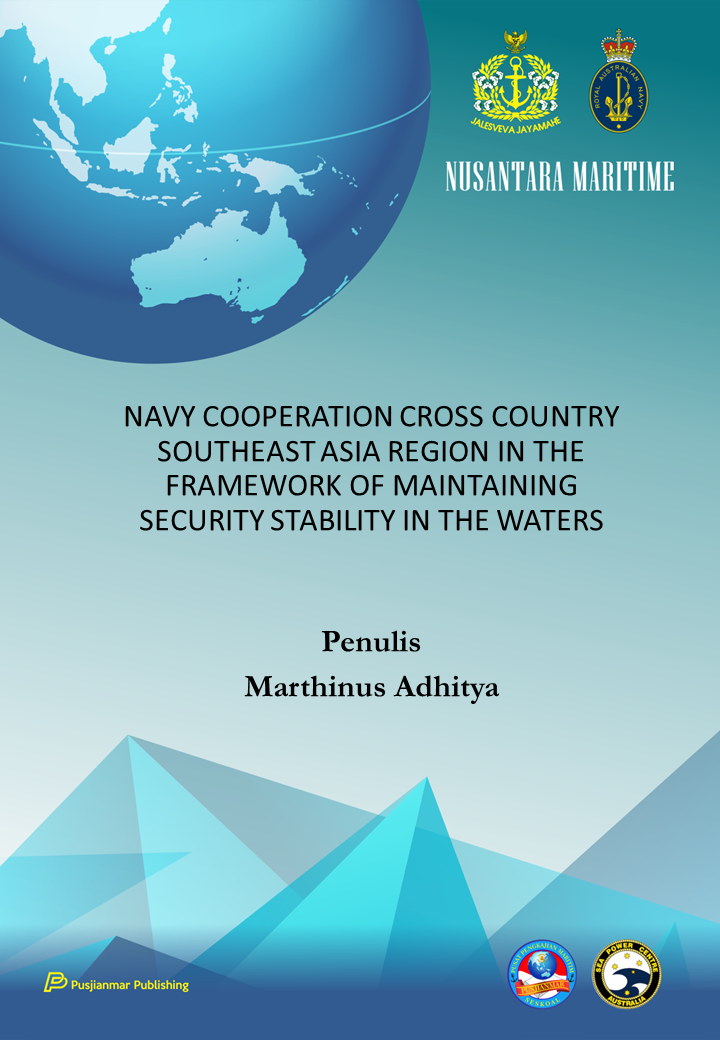Navy Cooperation Cross Country Southeast Asia Region in the Framework of Maintaining Security Stability in the Waters
Kata Kunci:
Cooperation, Security, StabilityAbstrak
Currently, the waters of the Southeast Asian Region have a fairly high level of vulnerability. Vulnerabilities that occur include territorial claims, security of communication lines and trade by sea, as well as non-traditional security in the form of an economic crisis. Non-state security disturbances in the form of theft/piracy/piracy at sea, illegal fishing activities, illegal logging, weapons and ammunition smuggling, CBRN-E materials, the spread of communicable and non-communicable diseases and the threat of disaster because they are located between the 4 world tectonic plates. Realizing sea security stability in the Southeast Asia region itself is
certainly not easy, apart from being a vast archipelago, each country has many different visions and perspectives, exacerbated by the interests of other parties (non-state groups). Based on reports compiled by the authors from the Information Fusion Centre based in Singapore, for the period 2021 until semester I of 2022, at least 151 crime cases occurred in Southeast Asian waters with various types of cargo ships as the main target (more than 70% of cases) and 1 case of terrorism. In order to achieve Maritime Security Stability in the Southeast Asia Region, Cross-border Naval Cooperation can be put forward as a strategic solution. The Indonesian Navy, as a component of Indonesia's maritime defense and security, is still very consistent in upholding the principles of maritime security and always strives so that the sea can be free from: (1) disturbances and threats of violence (free from violence
threats), namely threats by using armed force that is organized and has the ability to disturb and harm personnel or the state. (2) navigational disturbances and threats (free from navigational hazard), (3) disturbances and threats to marine resources (free from natural resources tribulation), (4) disturbances and threats to law violations (free from law transgression threat). Based on the Theory of Maritime Security which is essentially designed so that Indonesia has effective authority and control over various activities and/or activities at sea. Cooperation between the navies of Southeast Asian countries to overcome security threats at sea to maintain water security stability is something that is very important, because currently the level of threat and vulnerability in regional waters is relatively high. The existence of IFC as a Maritime Information Centre contributes no small amount to regional security stability, information from IFC allows the Navy to map critical points.






